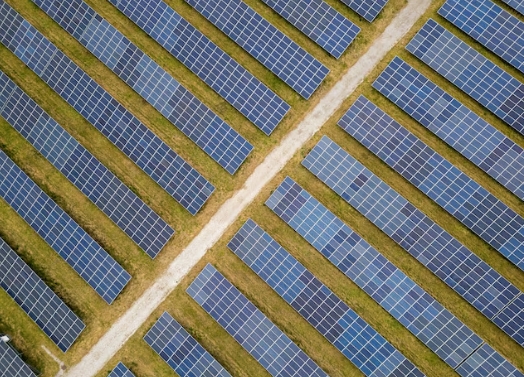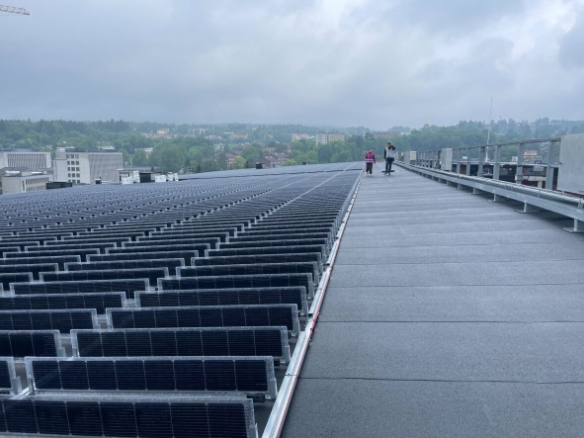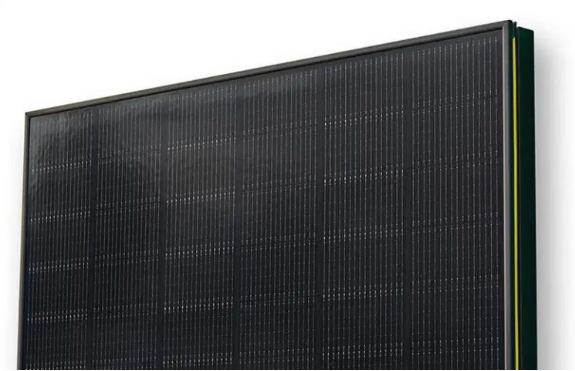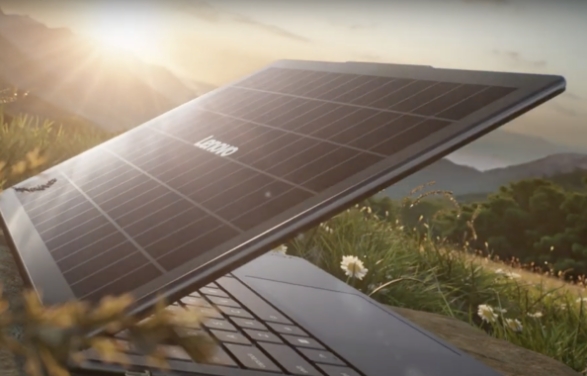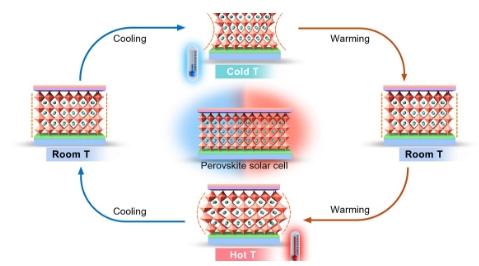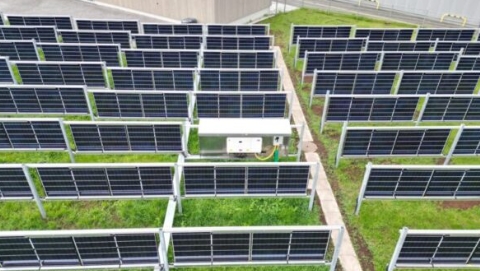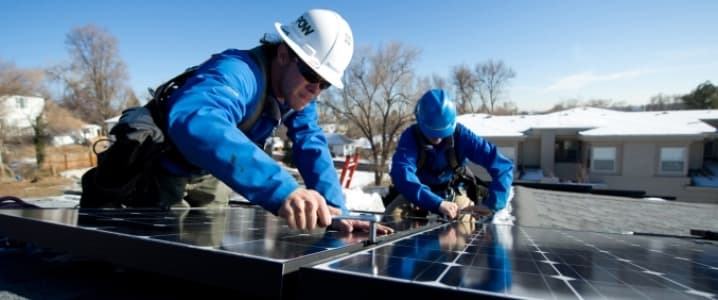
Due to high demand, the price of solar modules has recently increased by 10 percent from earlier this year, Reuters’ Nichola Groom writes, citing data from energy consultancy Wood Mackenzie.
Although actual installations and in-service dates could be years away, solar power developers have been stockpiling panels in order to take advantage of the 30-percentsolar Investment Tax Credit (ITC) in the United States, which, under current legislation, is set to step down to 26 percent in 2020, to 22 percent in 2021, and to drop to a permanent 10-percent beginning in January 2022.
Developers who begin construction or spend at least 5 percent of a project’s capital expenditure this year are eligible to get the 30-percent tax credit regardless of when their solar power plants actually start producing electricity.
Companies across the U.S., such as Duke Energy, Silicon Ranch, and 8minute Solar Energy are buying solar panels for future installations.
There are risks to this strategy of hoarding solar panels: for example, paying higher prices in a sellers’ market, technology advances that could make this year’s panels outdated in the future, or uncertainties where solar power demand will be in a few years.
Nevertheless, solar developers believe demand will hold up and the risk is worth taking, because the tax credit drop to 26 percent next year would make a huge difference to project economics.
“In terms of project economics it’s equivalent to the entire profit margin,” Tom Buttgenbach, chief executive at 8minute Solar Energy, told Reuters’ Groom, commenting on the tax credit step-down to 26 percent.
Companies in the U.S. solar industry are calling on lawmakers to extend the solar ITC, which was passed by a Republican-controlled Congress in the 2005 Energy Policy Act and enacted by George W. Bush. The policy was extended in 2015 with bipartisan support, but then it was decided that would be the last such extension.
Last week, Solar Energy Industries Association (SEIA) sent a letter to Congress signed by nearly 1,000 solar companies across the U.S, urging Congress to extend the solar ITC, which the SEIA called “one of the most successful clean energy policies in history.”
“Supporting this proven policy is the first clear victory that lawmakers can deliver to Americans on climate change. As we debate long-term solutions, now is not the time to abandon the single most successful policy on the books to deploy clean energy in the near-term,” said Abigail Ross Hopper, president and CEO of the SEIA.
According to the SEIA, the ITC has created more than 200,000 American jobs, added US$140 billion in private sector investment, and grown solar deployment by 10,000 percent since it was initially introduced.
“The ITC extension will help maintain a stable market for continued solar development in the utility sector,”? George Hershman, President of Swinerton Renewable Energy, said.
According to Wood Mackenzie, the future of the U.S. solar industry is bright, despite the ITC step-down. U.S. utility solar power costs have dropped so much in recent years that solar is now competitive with new gas-fired power plants, WoodMac said in May.
“Despite the fact that we’re now in a world where there are tariffs in place on solar modules, and the Investment Tax Credit that helped bolster the industry in its early days is now stepping down, the future actually looks quite bright,” Wood Mackenzie Power & Renewables Senior Analyst Colin Smith said.
In the first quarter of 2019, the U.S. installed 2.7 gigawatts (GW) of solar photovoltaics (PV), making it the most solar ever installed in the first quarter of a year, the U.S. Solar Market Insight Report from Wood Mackenzie and the SEIA showed last month.
Wood Mackenzie Power & Renewables expects solar installations to grow by 25 percent in 2019 compared to 2018, with more than 13 GWdc of installations this year.

